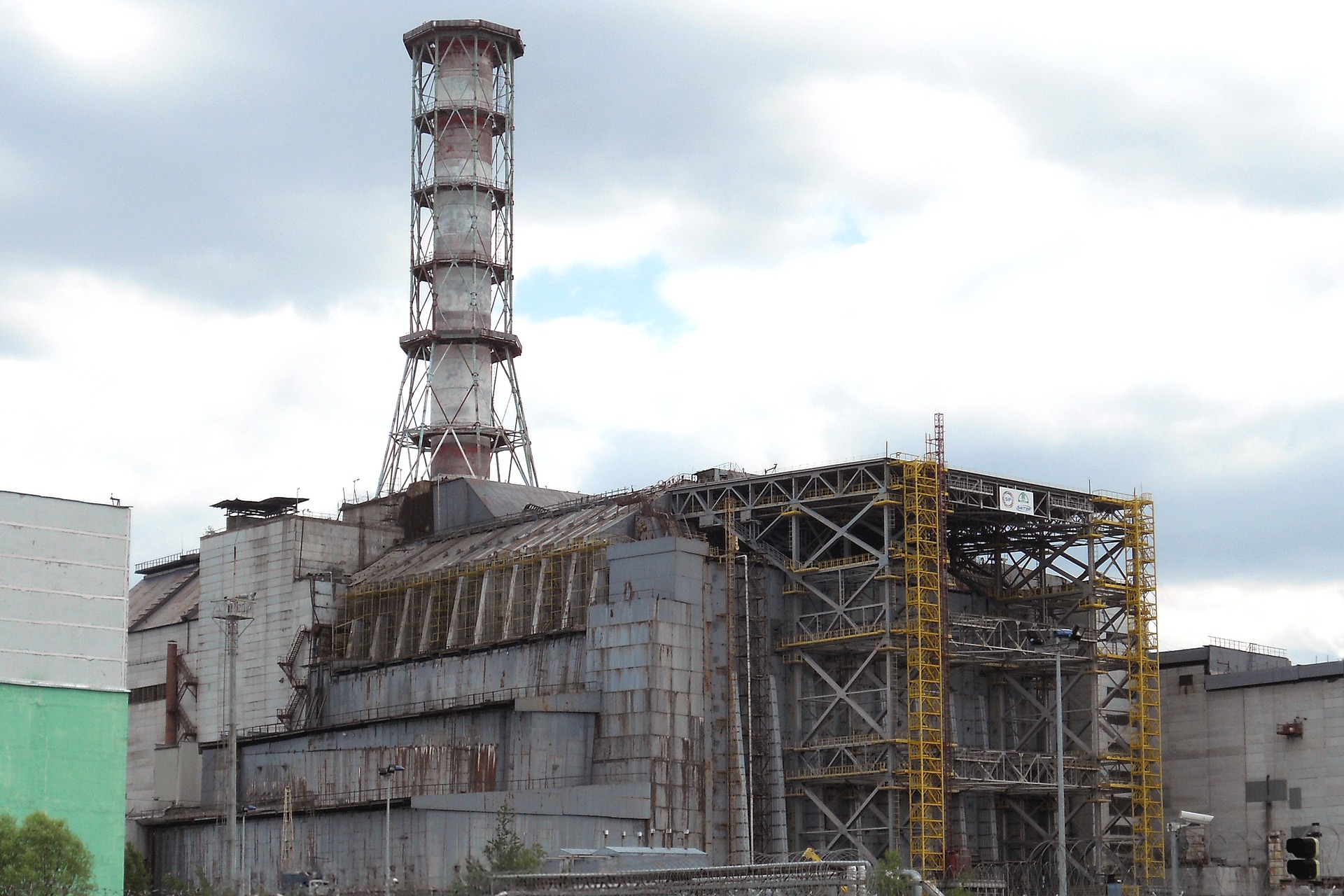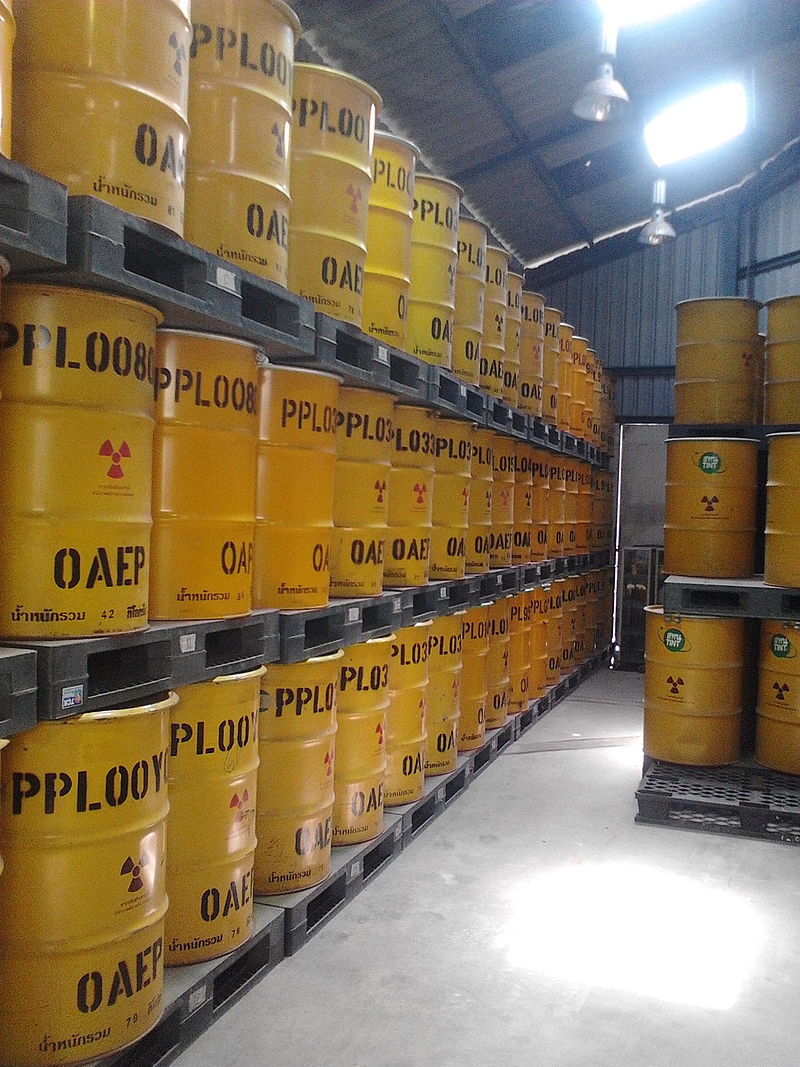Clean Energy and
Safety:
Nuclear reactors have been lauded as a great
alternative to fossil fuels due to their massive energy
generation potential. In fact, in 2020 nuclear reactors
accounted for around 20% of the electricity generation in
the United States5.
The potential of nuclear reactors is undeniable, but there
are also many safety and environmental concerns associated
with reactors. The two primary concerns regarding nuclear
reactors are:- Catastrophic nuclear accidents
- The disposal of nuclear waste
These two types concerns, bring forward the
question "Are nuclear reactors worth the risk?". This
question dominates public discourse surrounding nuclear
reactors.
Nuclear Disasters:

Chernobyl Reactor (Image Credit: pixabay.com)
Many will be aware of
famous nuclear disasters and accidents which have
occurred throughout the history of nuclear power, some
of the more notable include:
- Three Mile Island
- Chernobyl
- Fukushima Daiichi
Each of these accidents brought concerns regarding the safety of nuclear reactors to the forefront of everyone's minds. According to the World Health Organization the nuclear disaster at Chernobyl is expected to lead to an estimated 4000 deaths due to related health issues throughout the remainder of the lifetimes of those directly exposed6. This fact begs the question whether the risks to human life are worth the energy production capabilities of nuclear reactors.
However, there is reason to believe that nuclear reactors are not unnecessarily dangerous to human life. Proponents of nuclear energy, such as the World Nuclear Association cite the fact that there have been many energy related disasters with far greater losses of life than any nuclear disaster just since 19757.
Nuclear Waste:

Nuclear Waste Storage (Image Credit: wikipedia.org by ShinRyu Forgers)
Another serious concern regarding nuclear energy involves the disposal of nuclear byproducts. Much of this concern surrounds spent nuclear fuels (SNF) which is fuel that has been used up by a reactor till it is no longer useful. The problem arises due to the fact that spent nuclear fuel may remain radioactive, and thus inherently dangerous, for millennia.
Nuclear fuel waste is processed into two forms: low and intermediate-level waste (LLW and ILW) and high level waste (HLW). Up to 97% of waste produced is either LLW or ILW, which can be safely disposed of8. However, the concern regards the remaining HLW. This waste is processed and stored in containers in interim facilities, while they wait for the radioactivity of their contents to decline. These facilities are only a short term fix. In the long term, this waste must be disposed of. Proposed and even operational methods of disposal of HLW include deep geological waste repositories, which are basically as they sound deep holes in the ground where nuclear waste is kept.
While such repositories have a scientific backing as to their safety, there are obviously still many concerns amongst the public and scientists alike regarding the safety of such measures. Governments around the world have gotten involved to try to solve the problem of nuclear waste disposal, as regardless of the safety of such methods as long as nuclear power plants are generating power they will continue to persist.